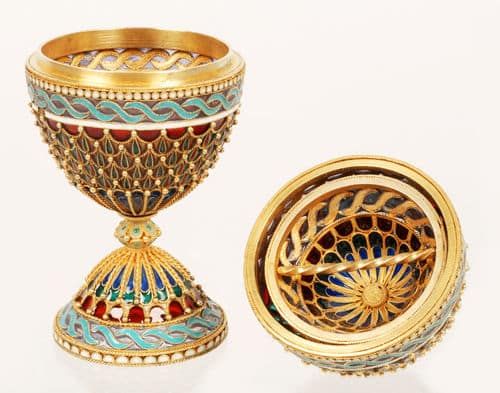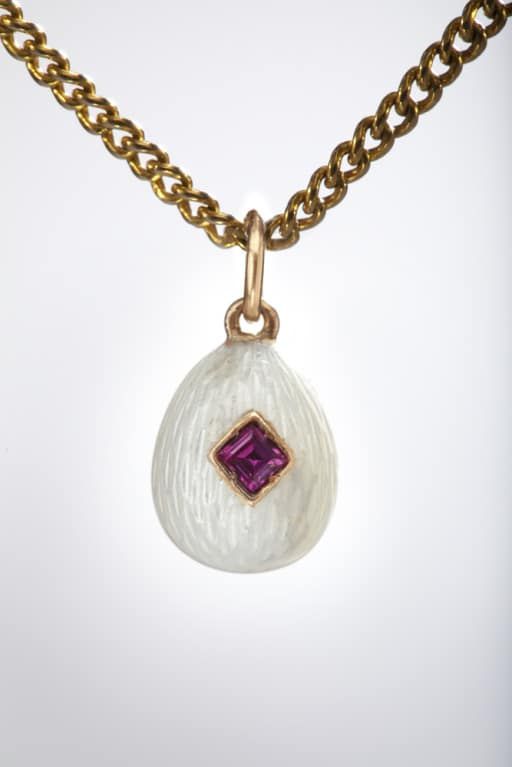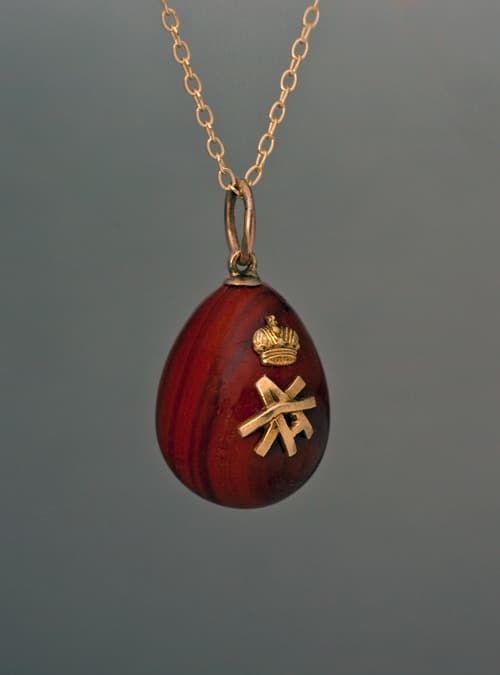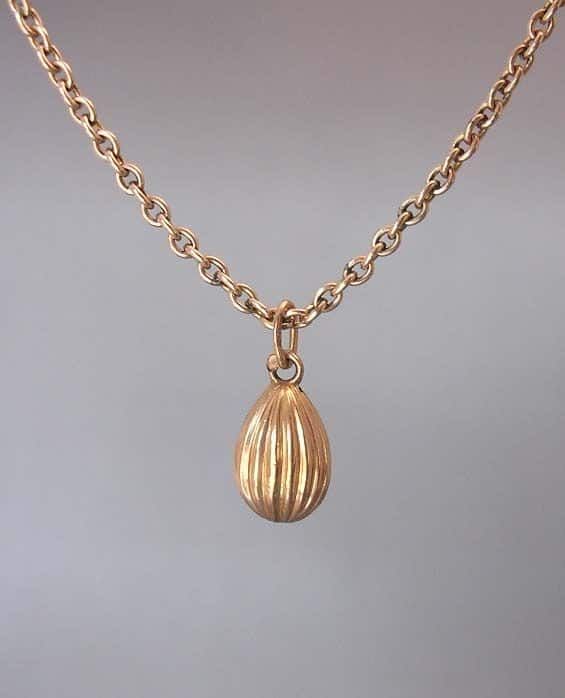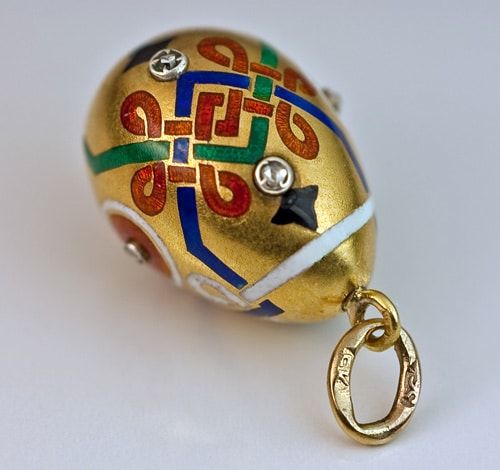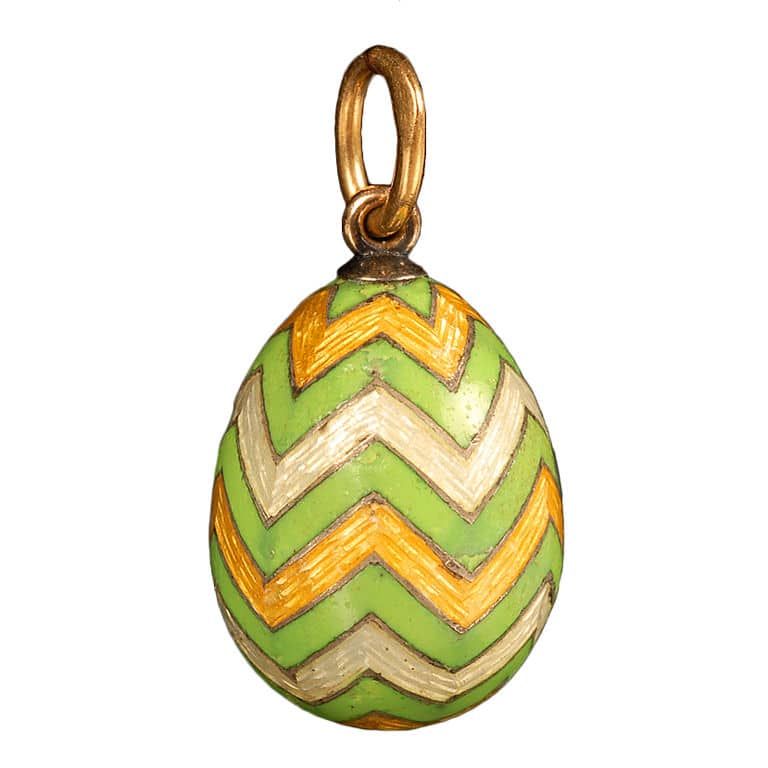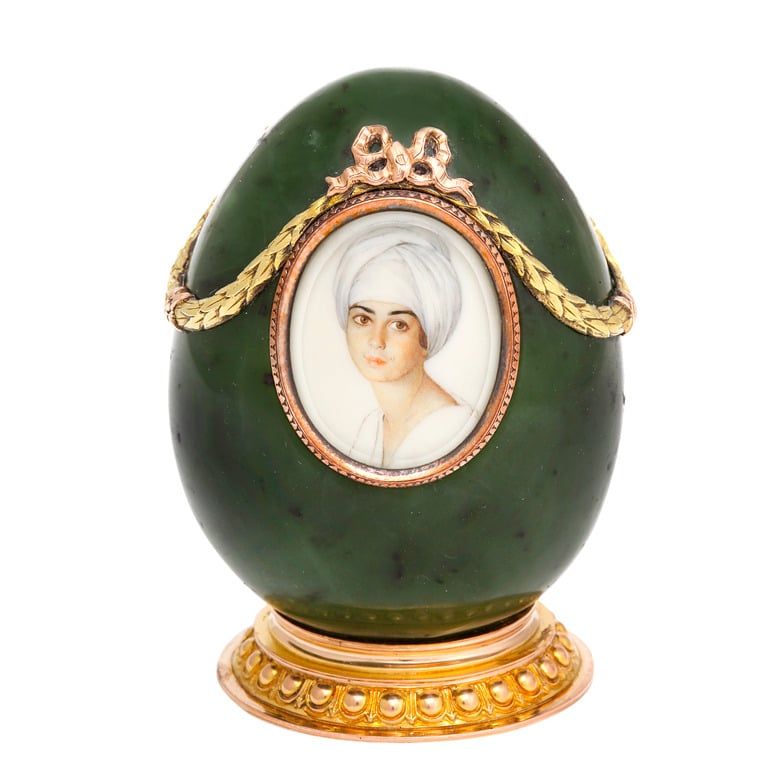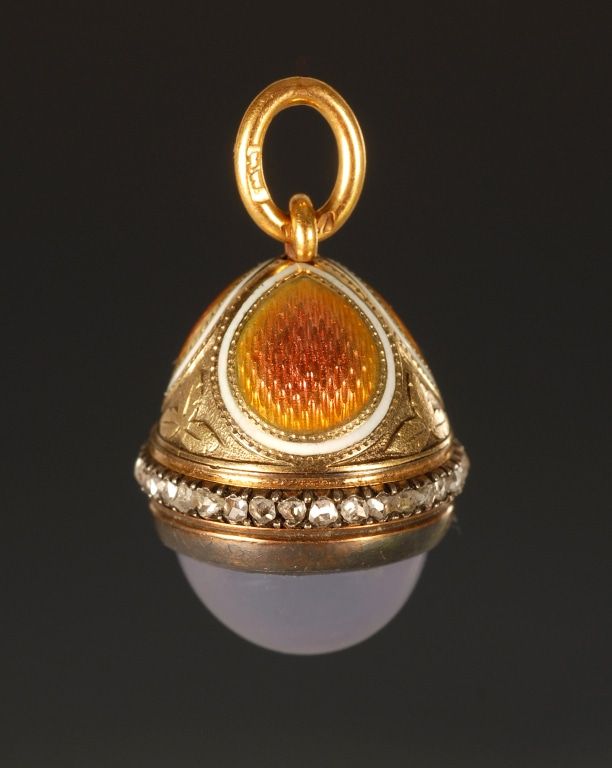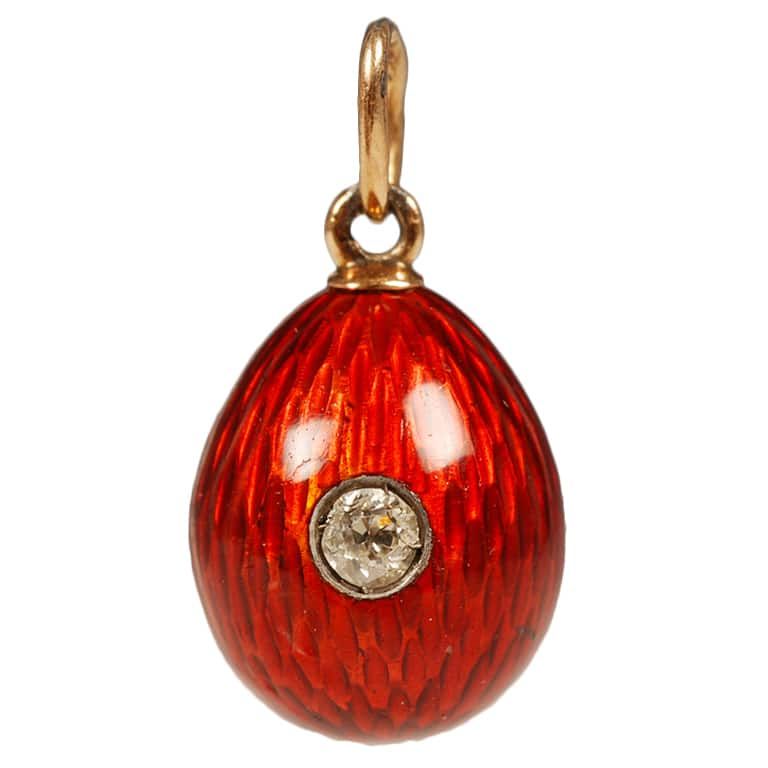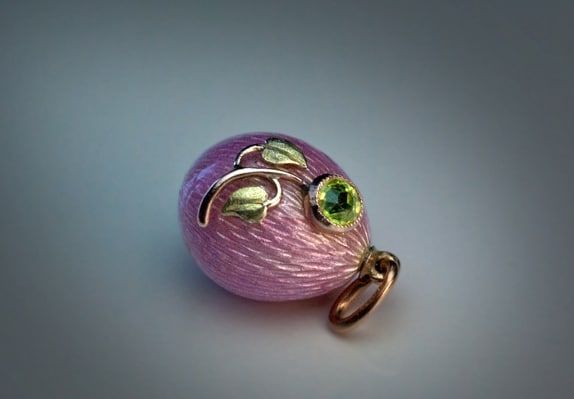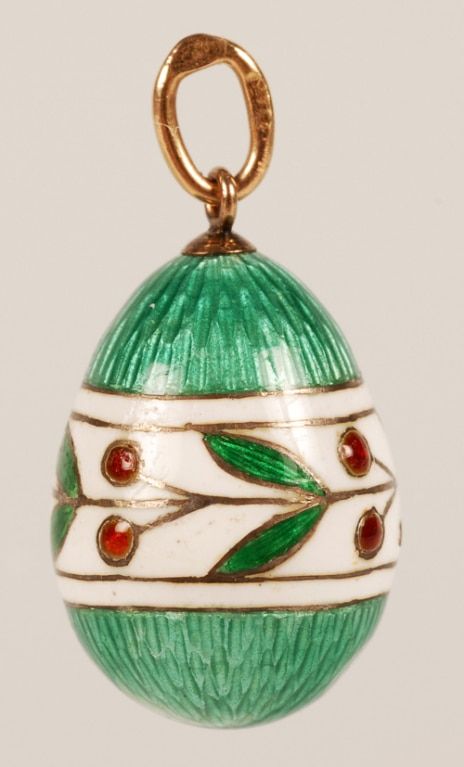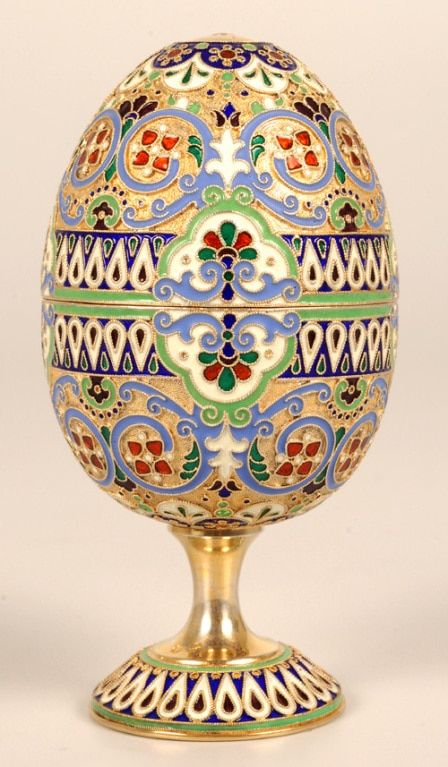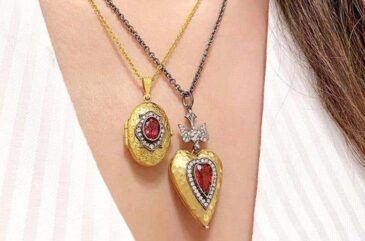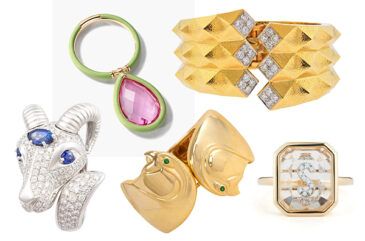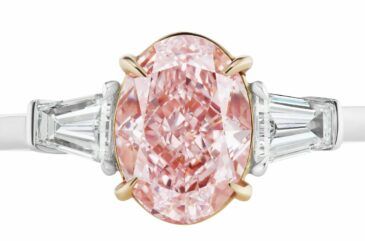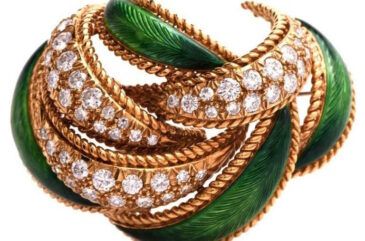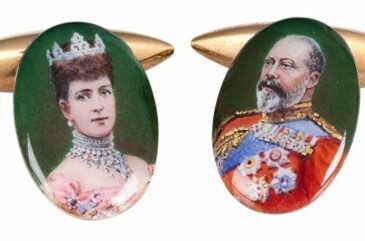For those of us out of grammar school — and cognizant of our sugar intake — the pleasures of Easter may seem few and far between. But perhaps it’s time to revisit the notion of the Easter Egg hunt, and substantially raise the stakes. As in, forgo eggs of the hand-dyed, hard-boiled variety in favor of the cloisonné and enameled shells made by the House of Fabergé and other producers in pre-Revolutionary Russia.
In its most specific form, the term “Fabergé egg” refers to the approximately 50 eggs fabricated by Karl Fabergé for the Tsars Alexander III and Nicholas II of Russia between 1885 and 1917. Commissioned annually, the eggs were presented as Easter gifts to Romanov wives and mothers, who delighted at the miniaturized jewels, figurines, and timepieces that were carefully hidden inside. To the contemporary eye, the eggs look unbelievably embellished and ornate. At the time, however, Karl Fabergé considered his creations to be understated, elegant counterpoints to the huge gemstones favored by other jewelers.
The Imperial eggs themselves were never profitable for Fabergé. Collector and expert Christopher “Kip” Forbes explains how these items served as proto-branding tools for the house: “Russia was growing as an industrial power, and Fabergé was catering to this whole class of nouveau riche Russians. The Imperial eggs were his loss leaders to give him the cachet. But the cash was all coming from these newly minted millionaires in Russia.” That’s a marketing strategy that resonates with today’s luxury brands.
Here we’ve rounded up a dozen — naturally — eggs from 1stdibs that exemplify the meticulous craftsmanship and superlative materials of Fabergé and his peers. Though none of these items come from the official Imperial set, they certainly lend a note of elevated grandeur to a basket of cellophane grass and Cadbury sweets.
Shop more Fabergé pieces on 1stdibs.
